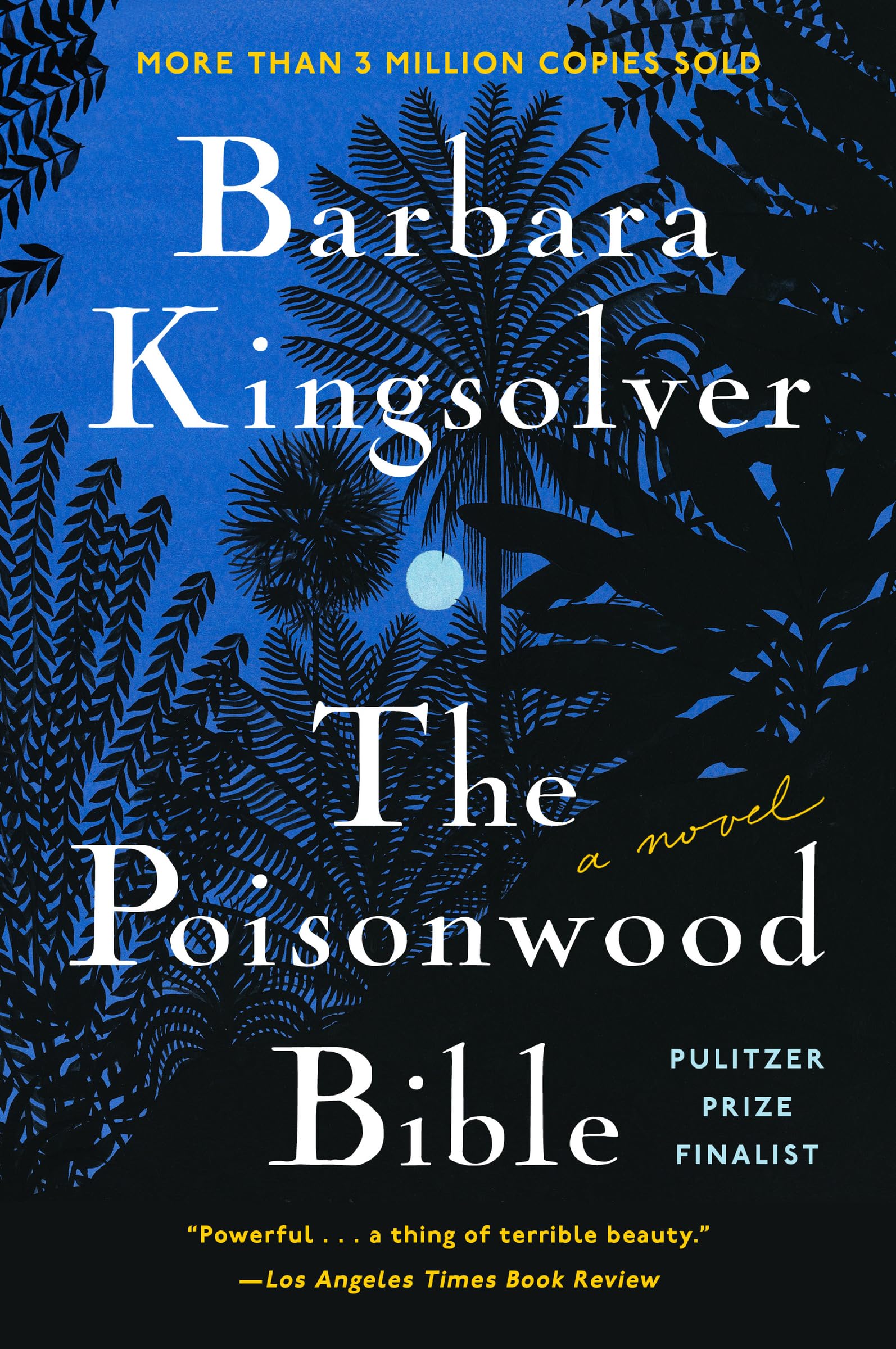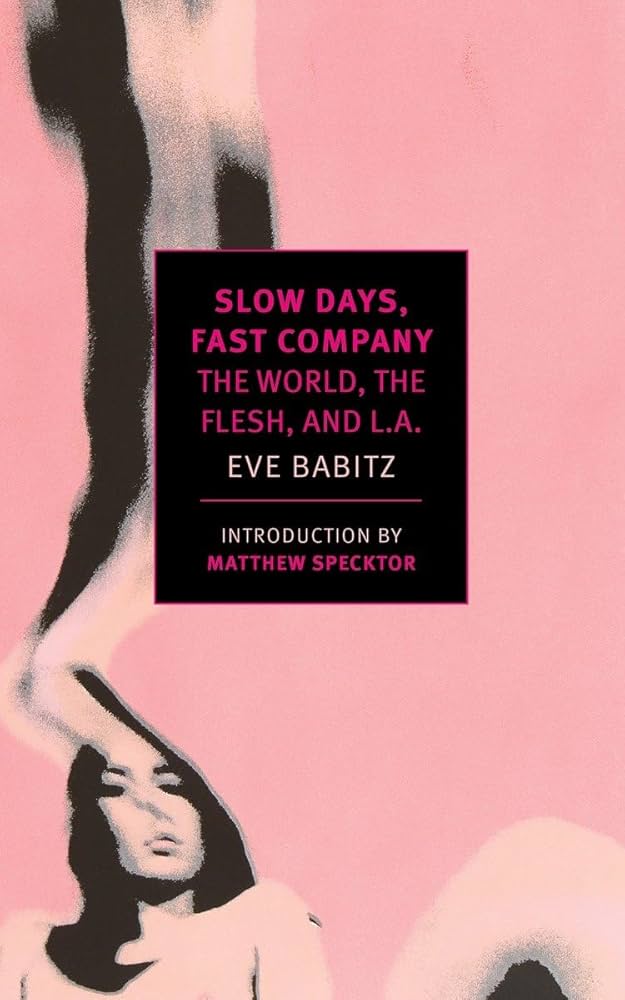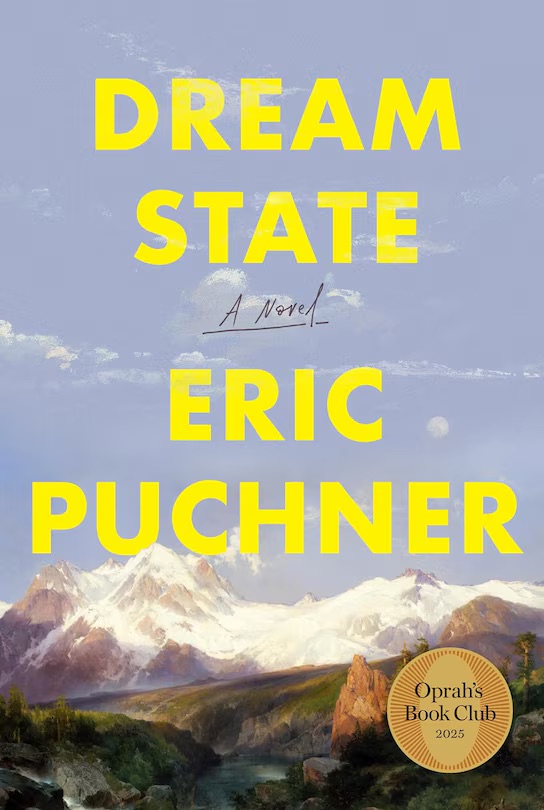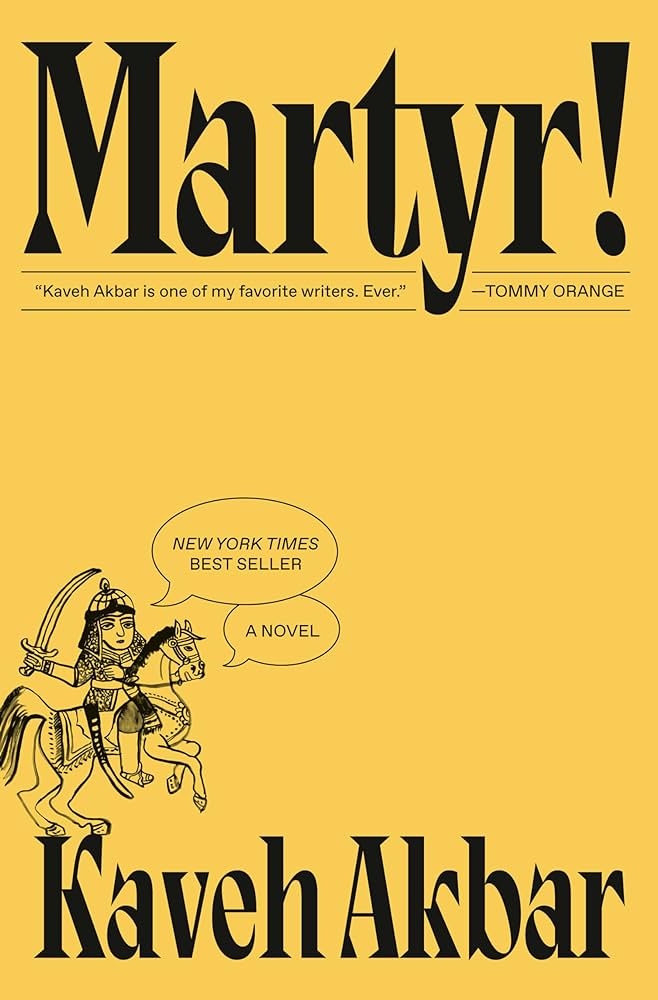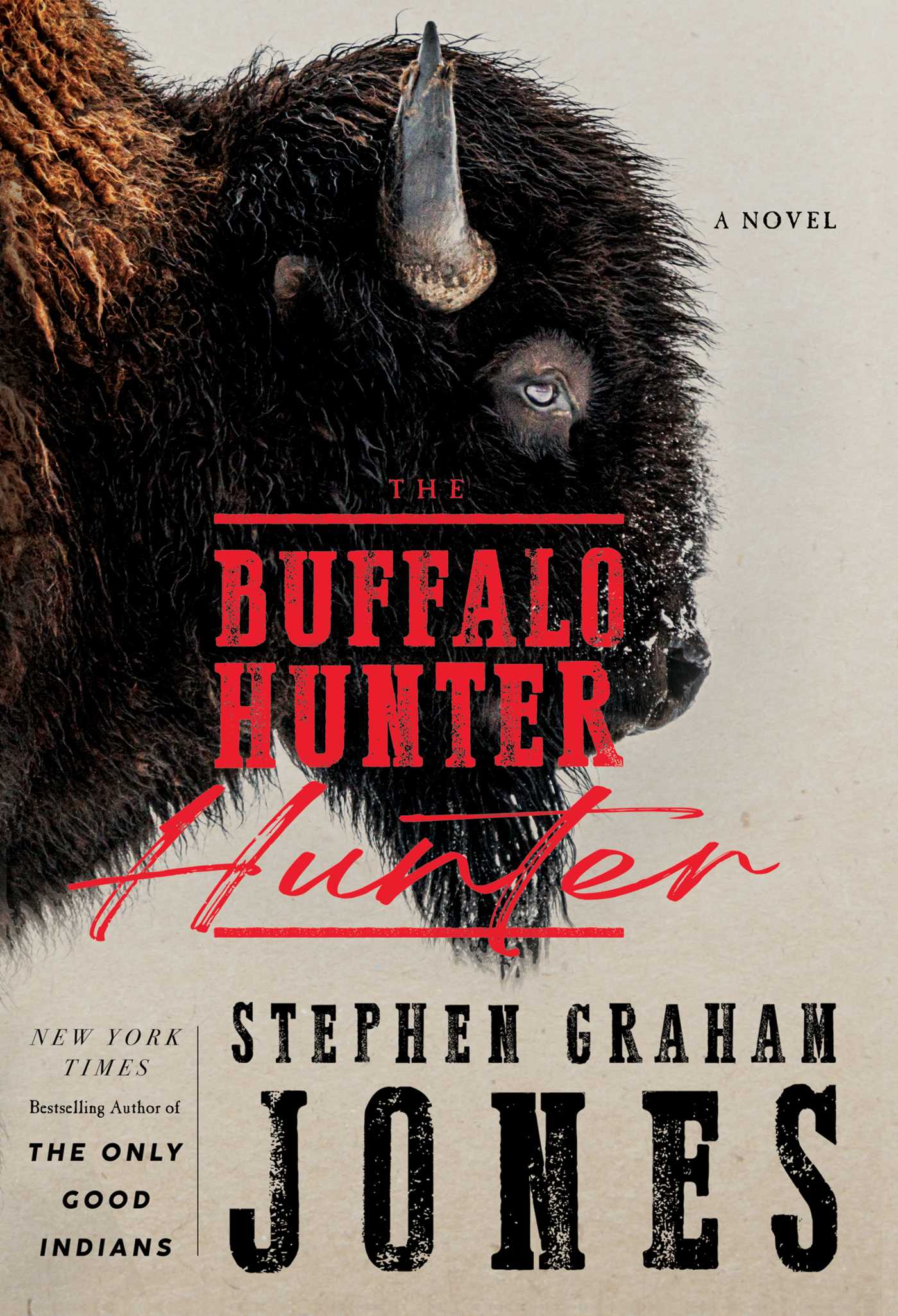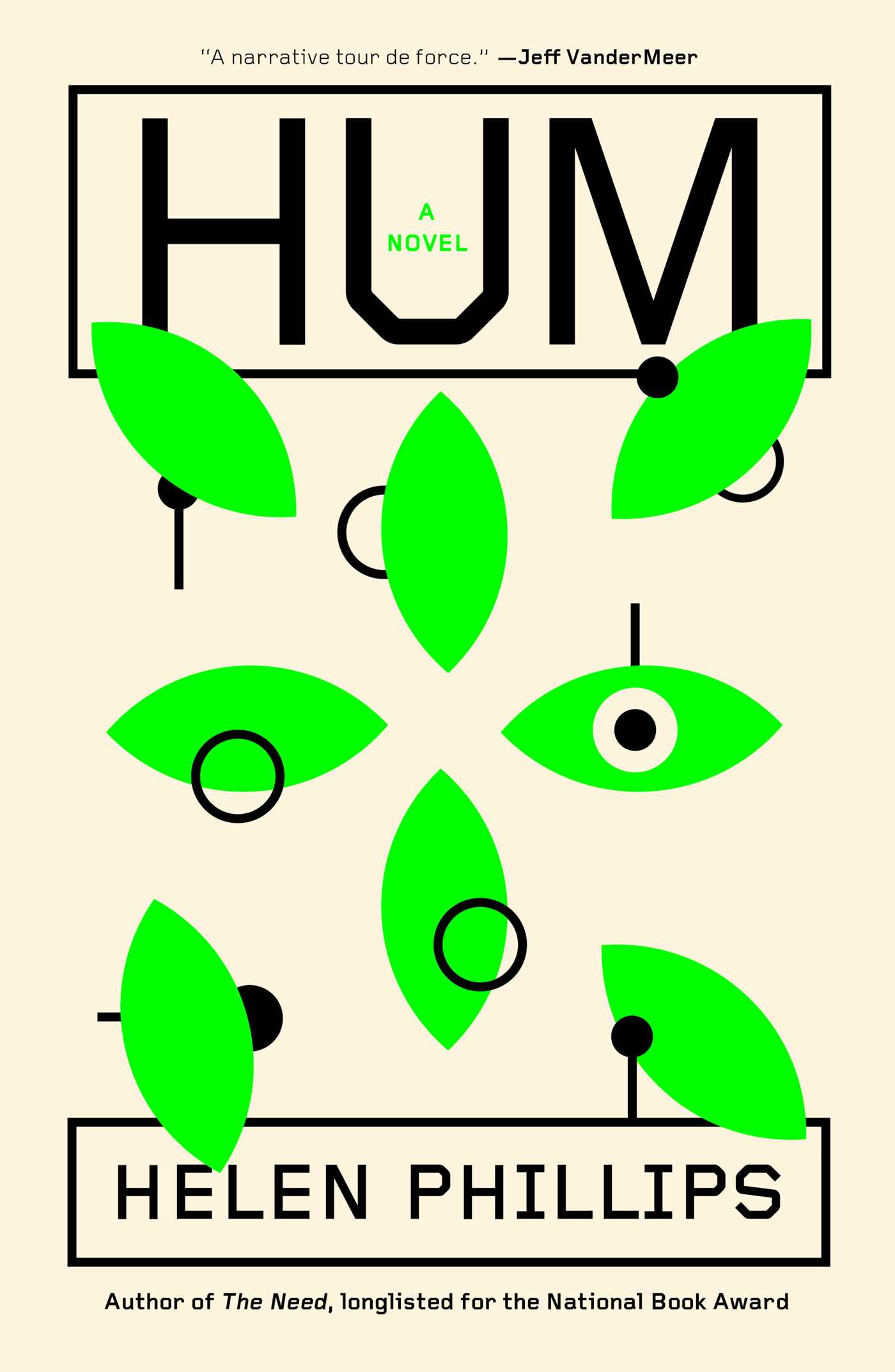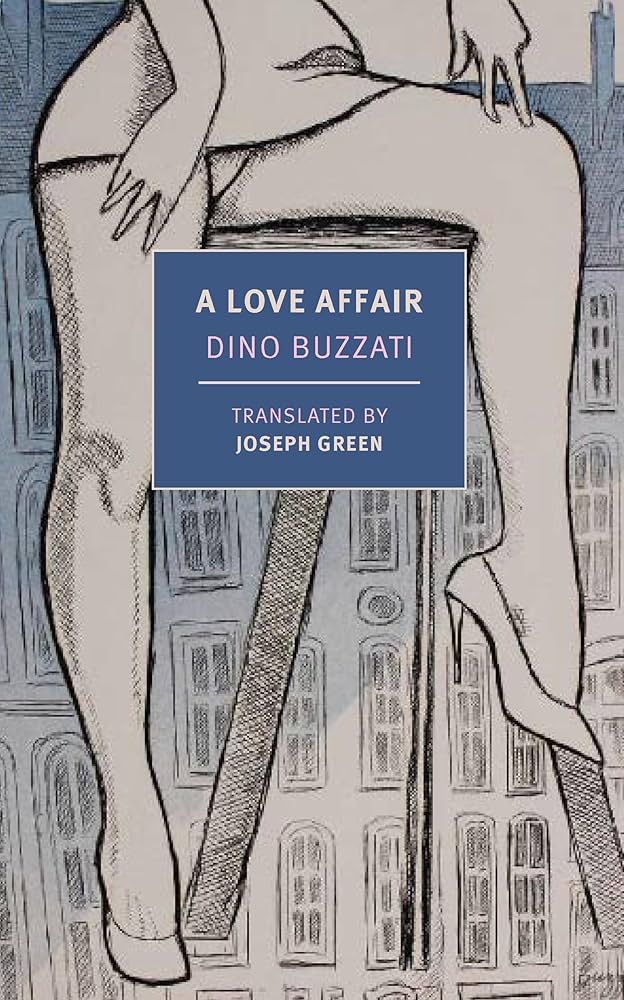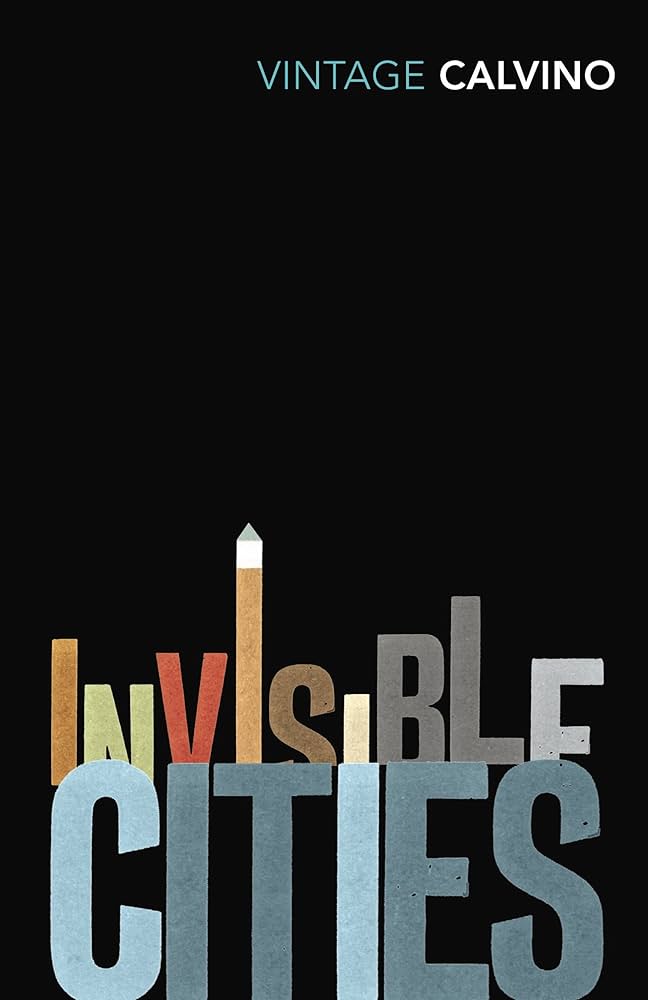I like to read about the books I read, when I like them or feel like there is more to them than I’m picking up. This is one of those books. But it was published in 1998, which is a weird time for culture. There’s a gap in the 80s and 90s that a lot of stuff falls into. WKRP in Cincinnati with the original music. Tons of music: Maestro Fresh-Wes’ second album. De La Soul’s best stuff, until recently. A million movie soundtracks. And a whole lot of writing about culture that’s just not really findable. I’m sure that long thinkpieces were published on this book in 1998 and 1999, but good luck finding them online. Sure they’re in the archives somewhere, but not at all discoverable. And though I’m sure the book is on the syllabus of many college and university courses, it’s still ‘new’ by literary standards, so there aren’t any retrospective pieces or whatever. There really should be.
Anyway: I would read an academic paper on the themes and symbolism in this book. Even while I was reading it, I knew I wasn’t getting it all. I’d catch little bits of things that suggest larger ideas – for example Leah has four boys, the mirror image of Mom’s four girls. Something about that suggests that there’s some biblical or symbolic element going on, that I’m just missing.
And I was hoping to find something by someone smarter than me to tell me about it. No luck, and I’m not going digging into Reddit for that. EVEN SO:
I picked this up after being disappointed with Demon Copperhead, and being told that this was the one I should have read. Bang on.
By about 100 pages in I knew this was something special, and was fully absorbed until the last sentence. The themes are big — colonialism, racism and religion of course, but also parental responsibility, generational trauma and heredity — but the story and characters are so engaging that they don’t feel heavy.
But oh my god this is heavy. This will stick with me forever.

